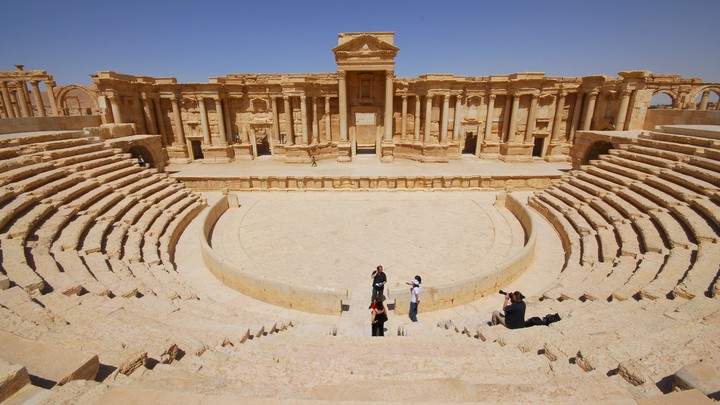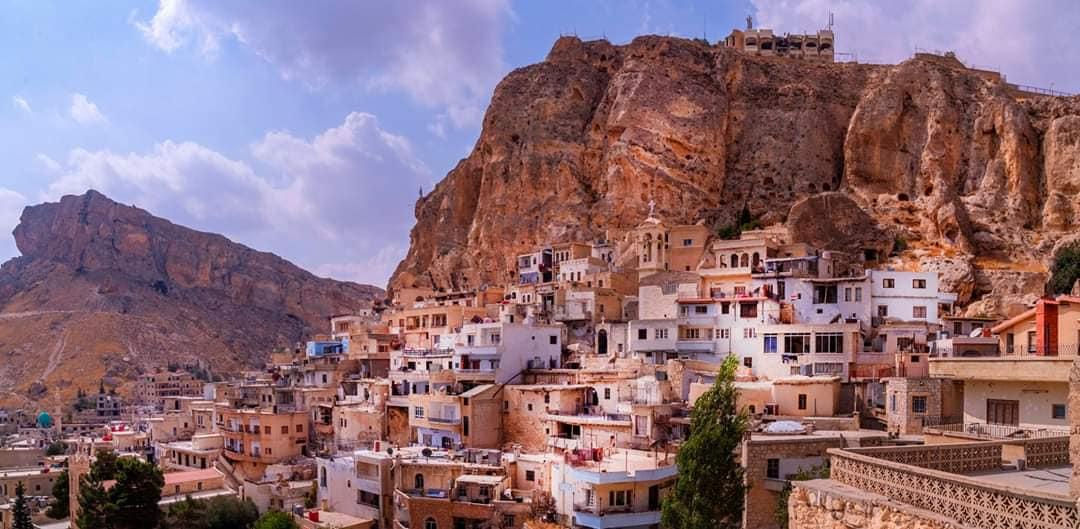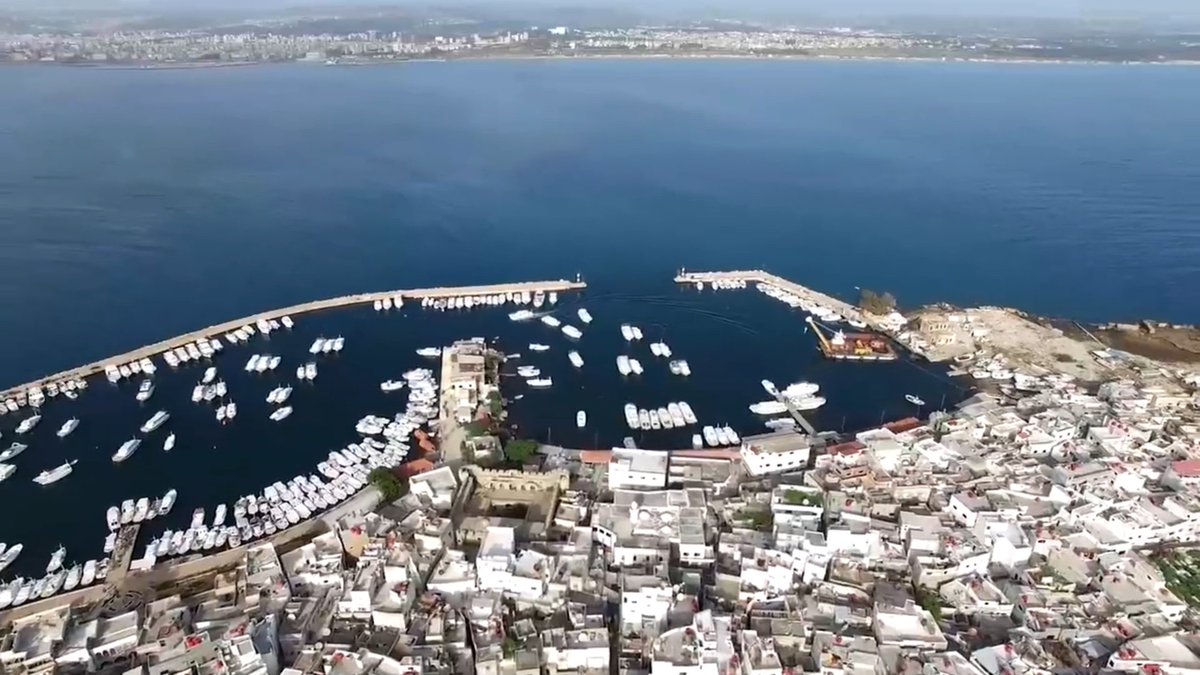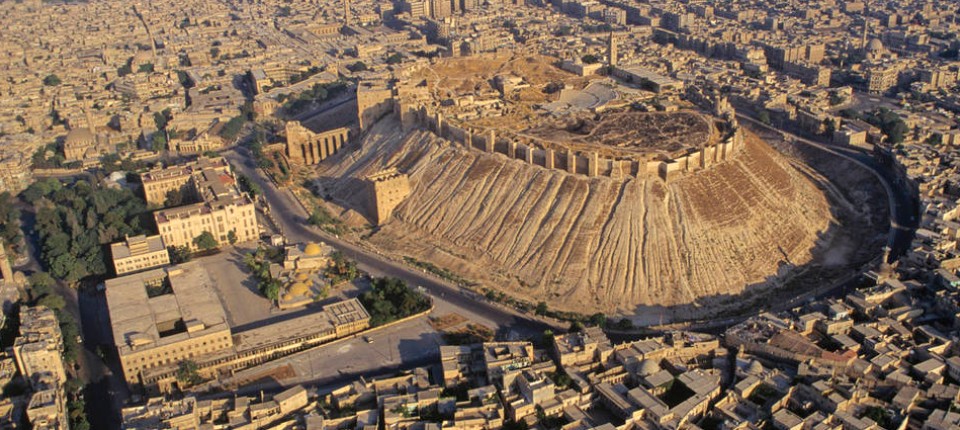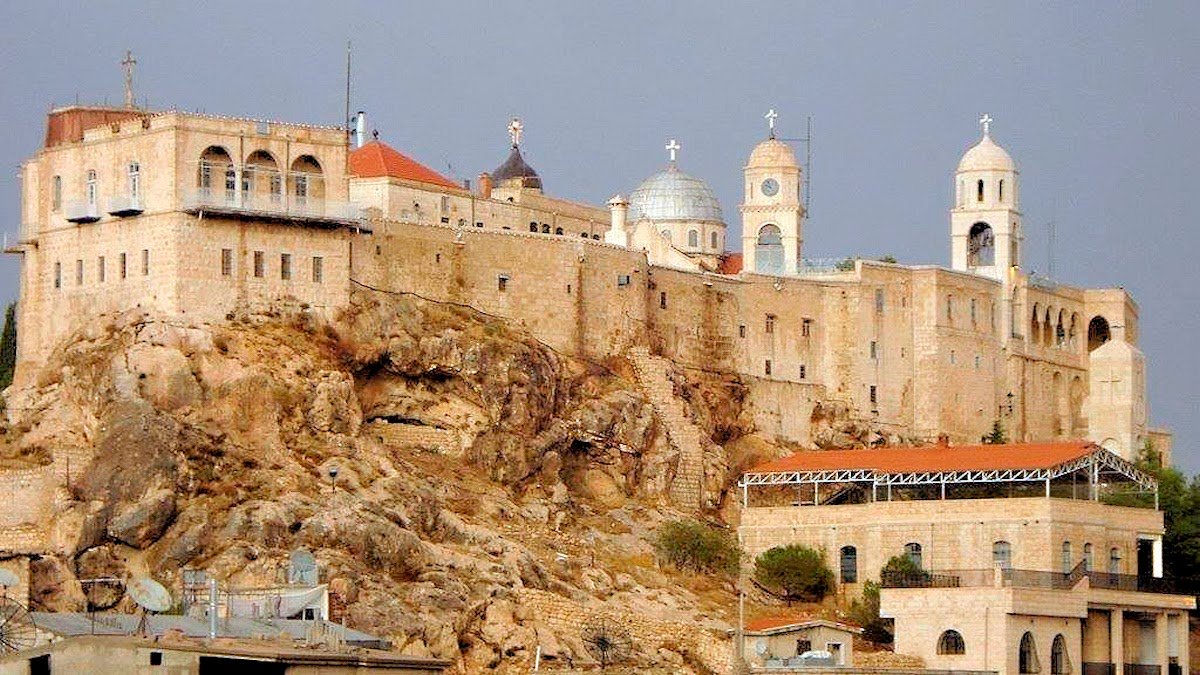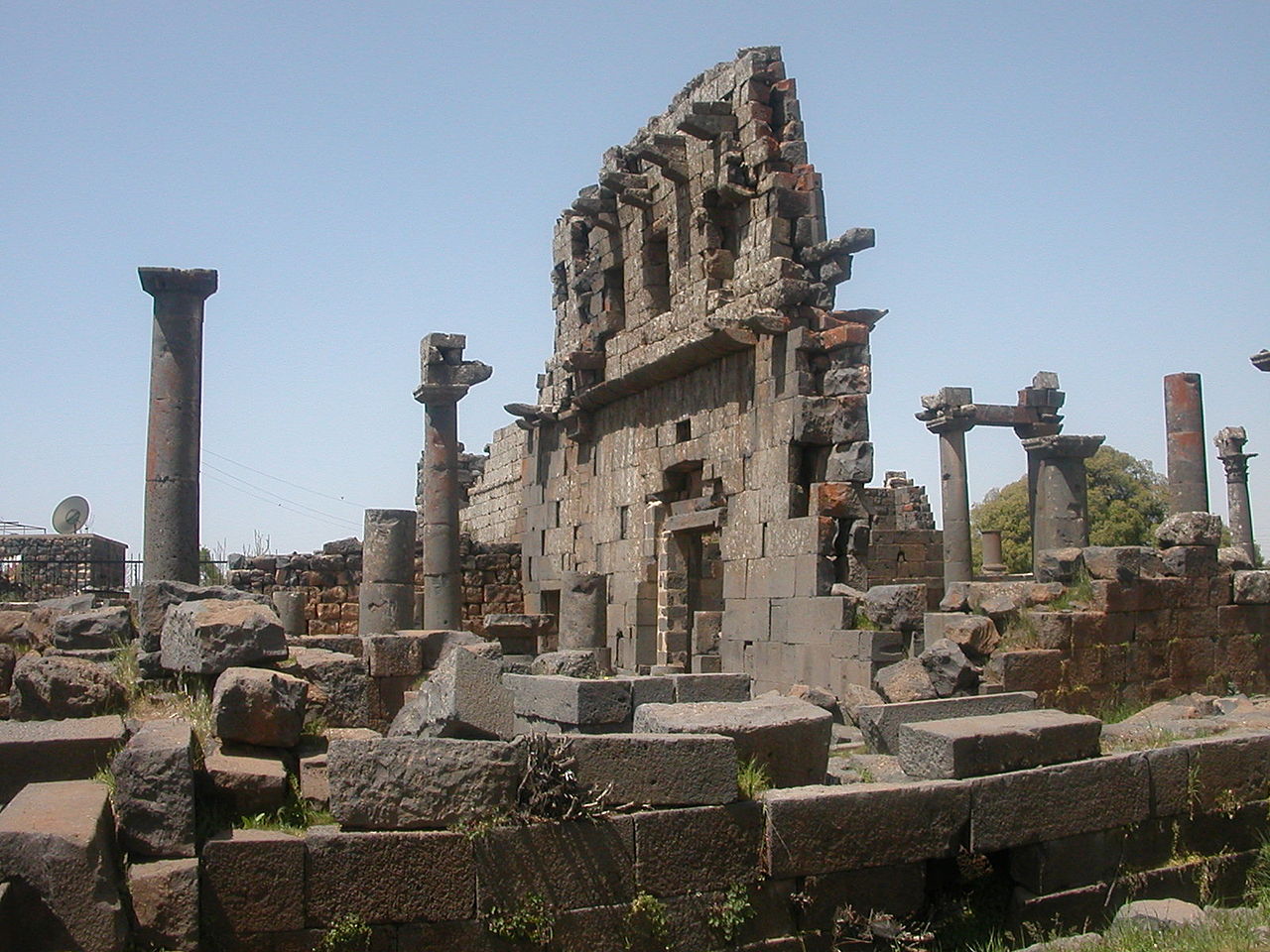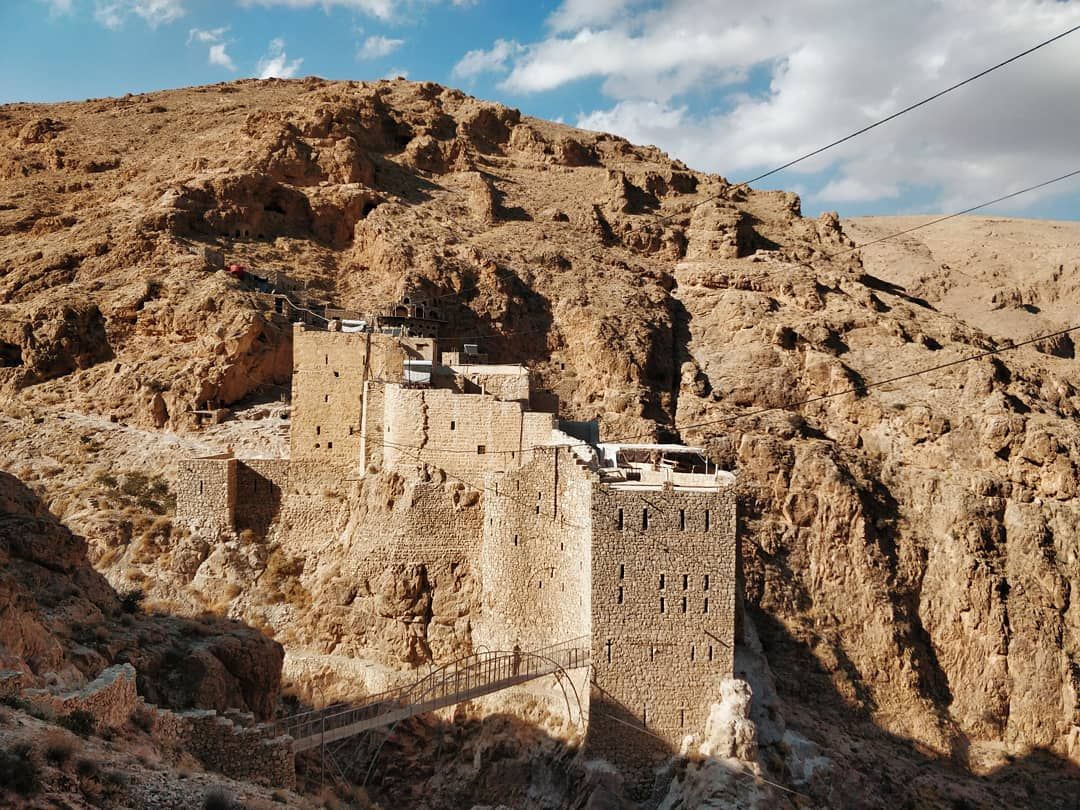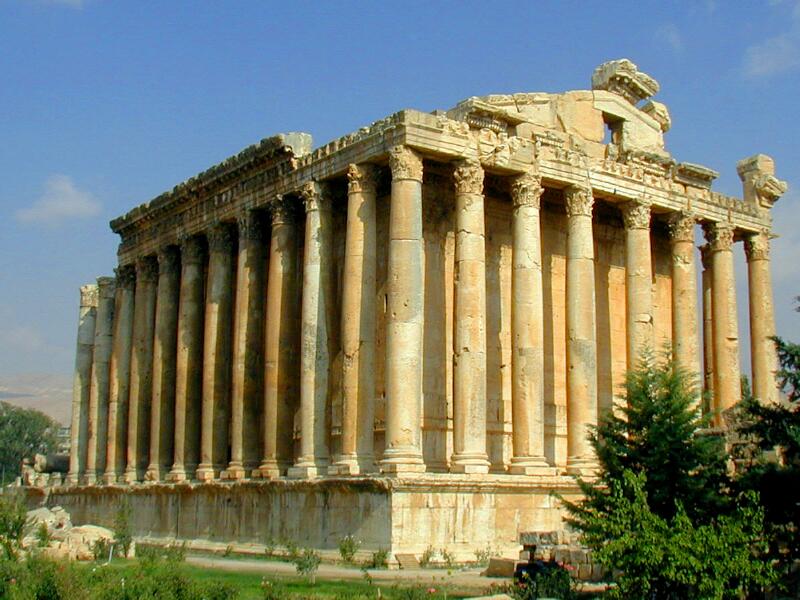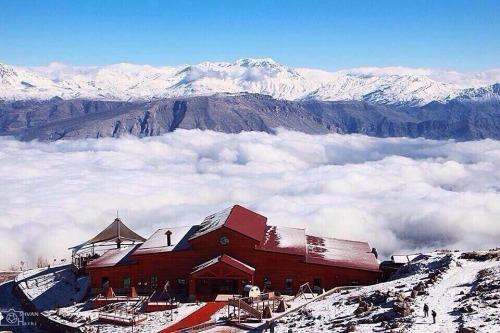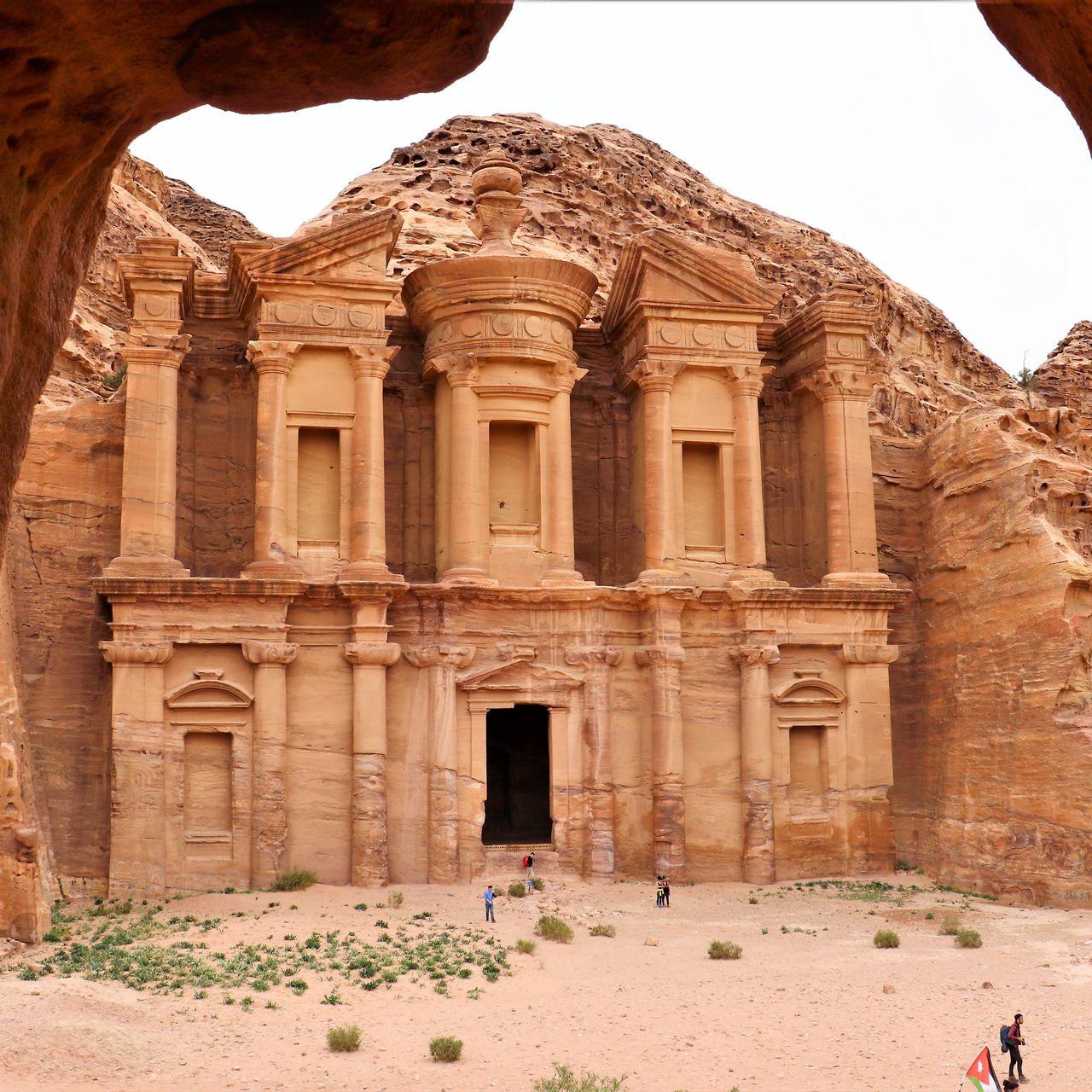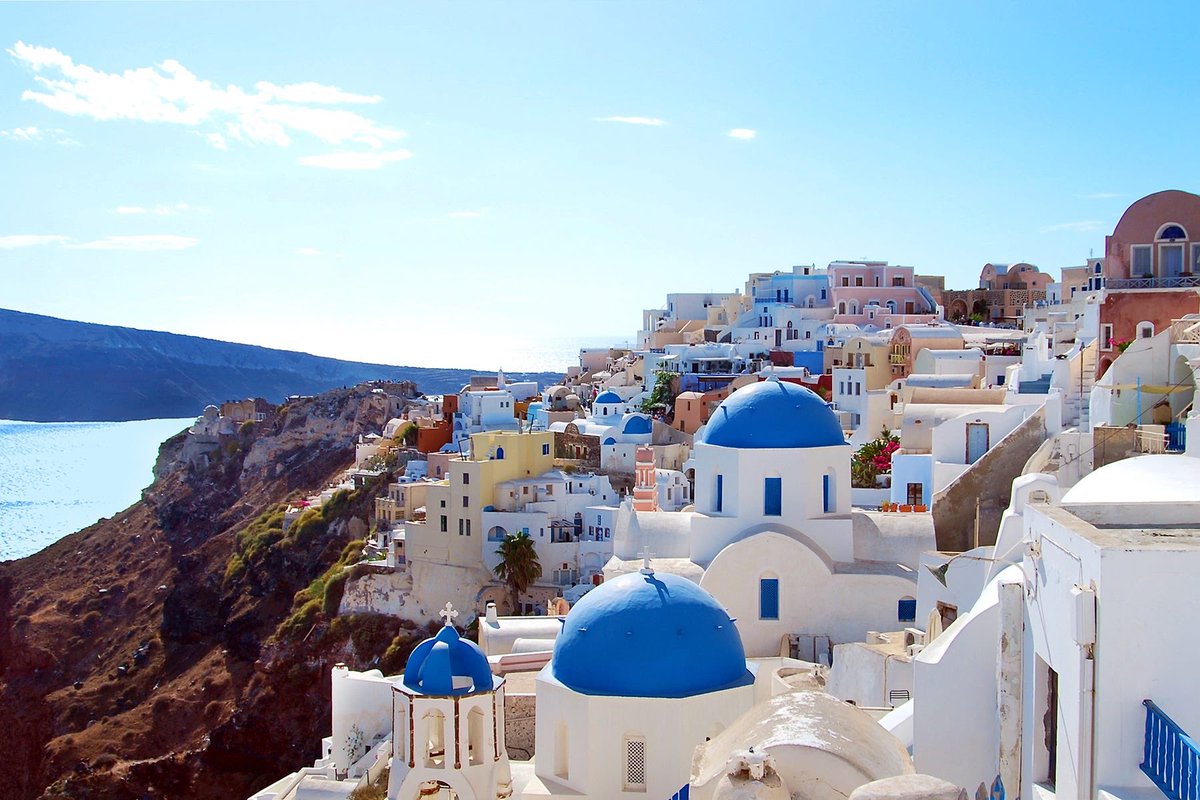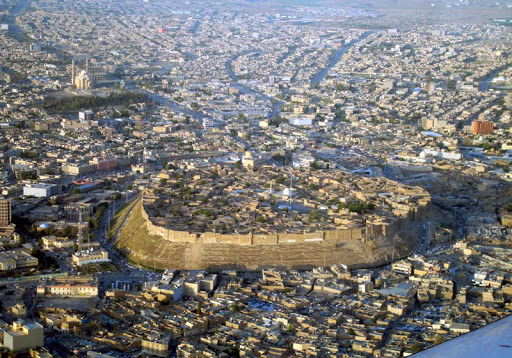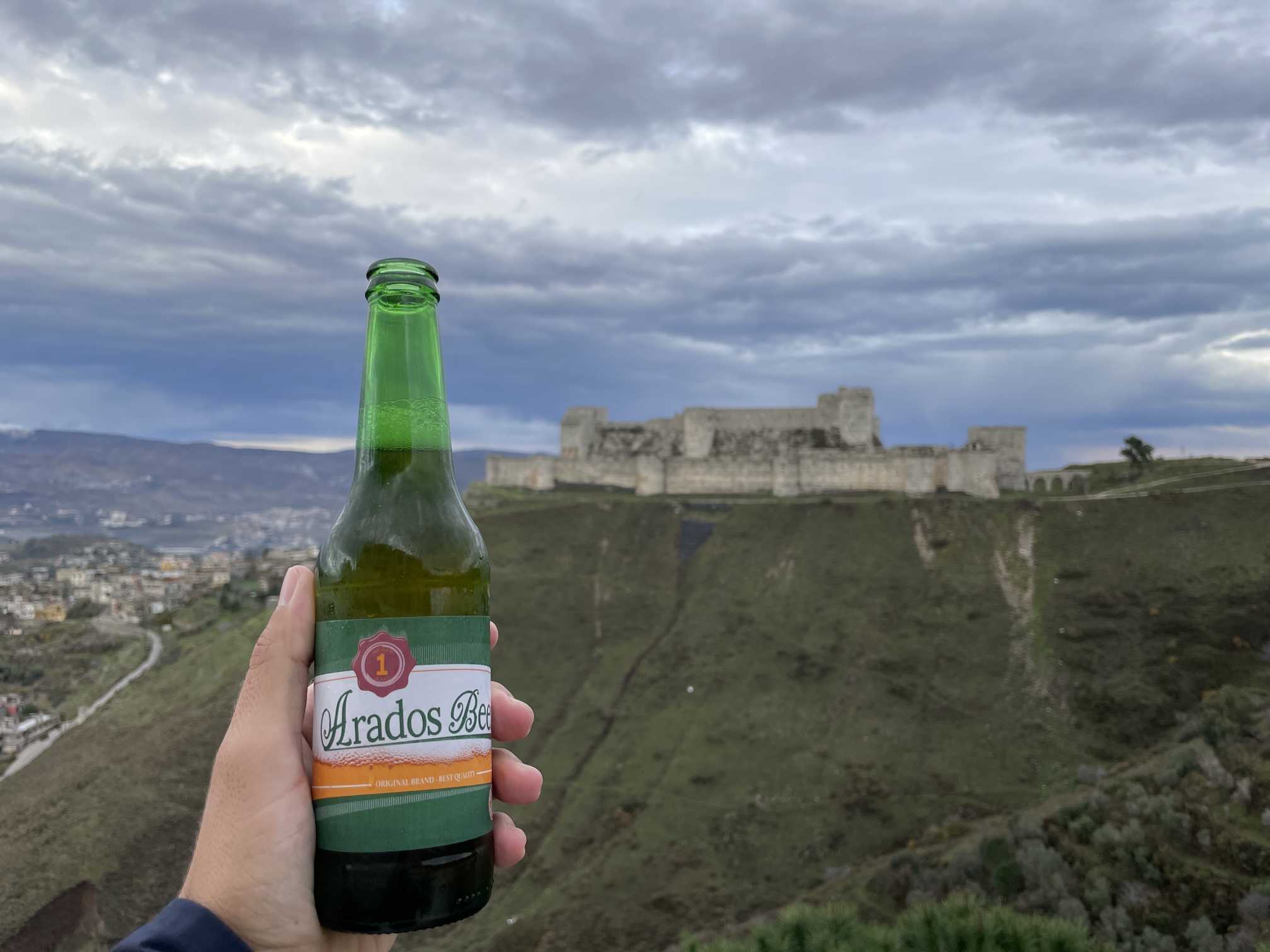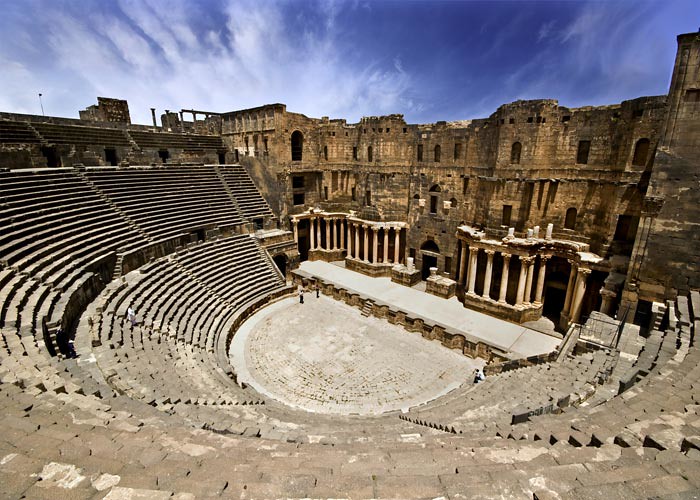
Bosra
Bosra (Dara province)
Situated in the vast Hawran plain, some 145 kilometers south of Damascus.
It is an extremely ancient city mentioned in the lists of Tutmose III and Akhenaten in the fourteenth century B.C. The first Nabatean city in the second century B.C, it bore the name Buhora, but during the Hellenistic period, it was known by the name of Bustra. Later the Romans took an active interest in the city, and at the time of Emperor Trajan it was made the capital of the Province of Arabia (in 106 B.C) and was called Neatrajana Bustra. The city saw its greatest period of prosperity and expansion then, became a crossroads on the caravan routes and the official seat and residence of the Imperial legate. After the decline of the Roman Empire, Bosra played a significant role in the history of early Christianity. It was also linked to the rise of Islam, when a Nestorian monk called Bahira, who lived in the city, met the young Muhammad when his caravan stopped at Bosra, and predicted his prophetic vocation and the faith he was going to initiate.
The oldest Islamic square minarets (still standing) are found in Bosra, whose prosperous role as an important halt for pilgrims on the way to Mecca lasted until the 17th century.
The most interesting part of the city today is the famous Roman Theater built in the second century A.D, which seats 15 thousand spectators, and is considers one of the most beautiful and well preserved of Roman amphitheaters in the world. The stage is 45 meters long and 8 meters deep. Every summer, it hosts Arab and international performers who entertain audiences during the Bosra Art Festival against a majestic background of Roman columns and arches.
The city itself contains a great number of Roman ruins, a part of the Byzantine Bahira church, as well as the Al Mabrak Mosque, which is said to have been erected on the site where the Prophet s camel stopped to rest.
There is also the Omar Mosque, which is the only one of its type remaining from the early days of Islam, and it retains its 7th century primitive form.
An important Muslim citadel, dating back to the Ayoubite and Mamluk period still stands, and one of its towers now houses a museum of Antiquities and Traditional Arts. In addition, the city has:
- Remains of walls (Nabatean)
- A triumphal arch (Roman 3rd century)
- Baths (Roman 2nd century)
- Al Birkeh (a huge pool: 155by 122 meters) (Nabatean)
- A Nabatean temple dating back to the first century A.D
- A Cathedral (Byzantine, 4th century)



